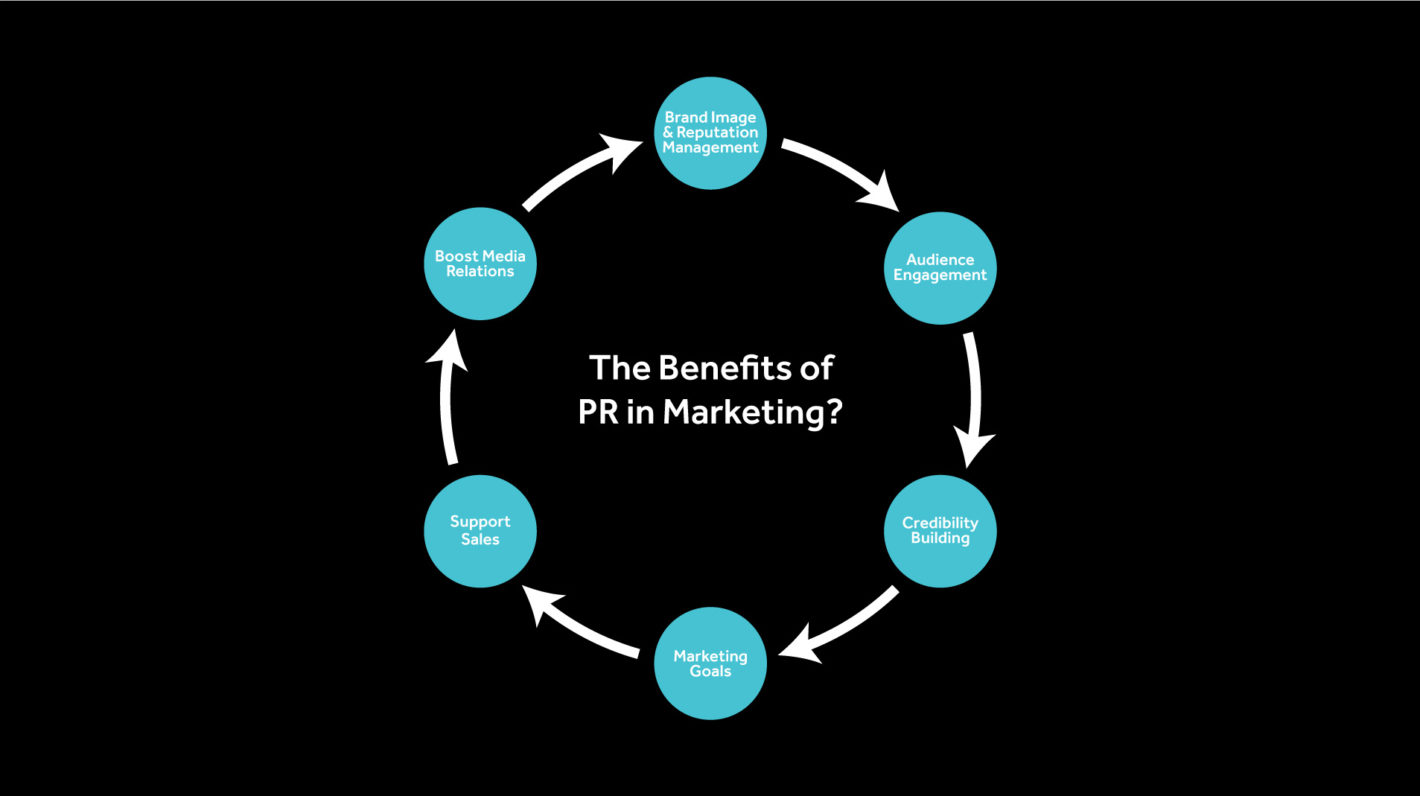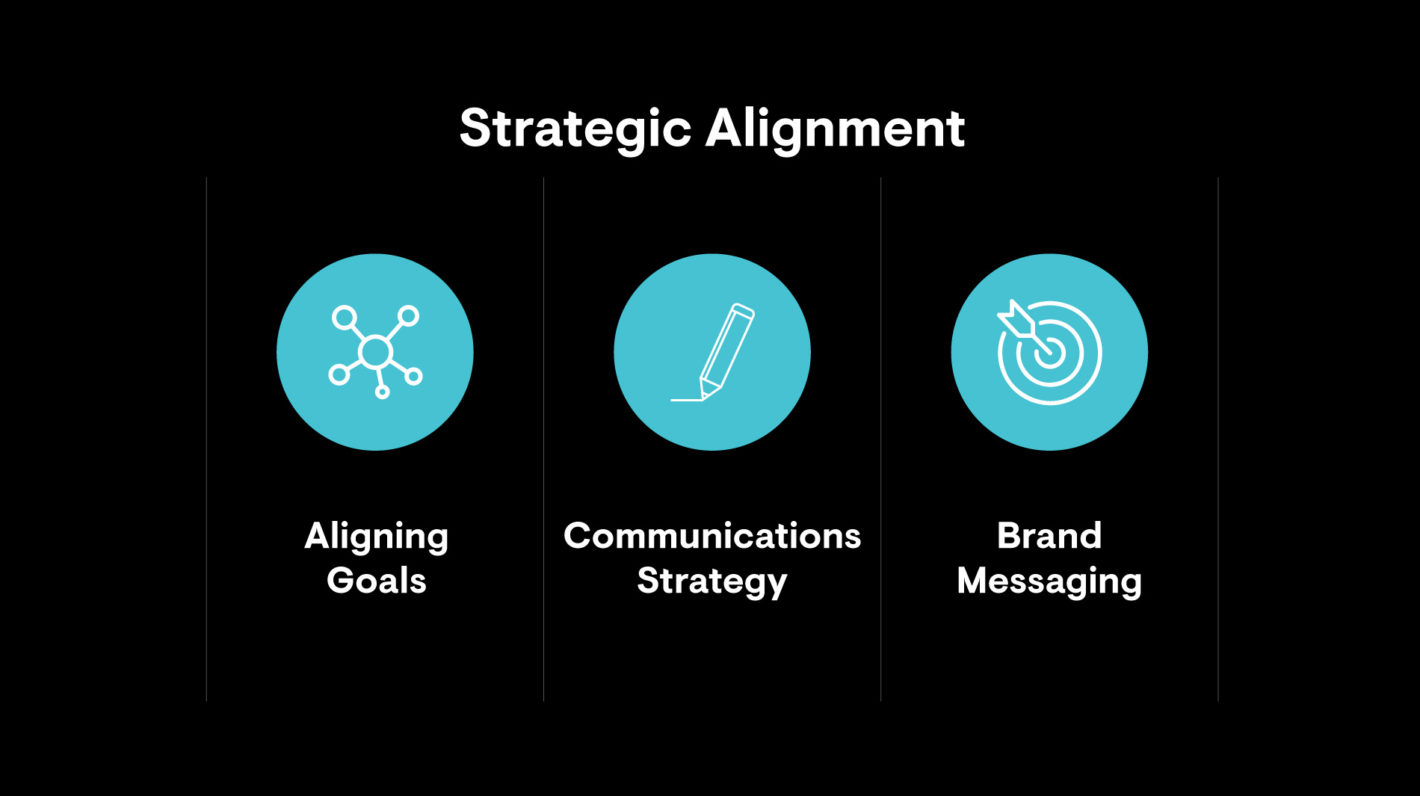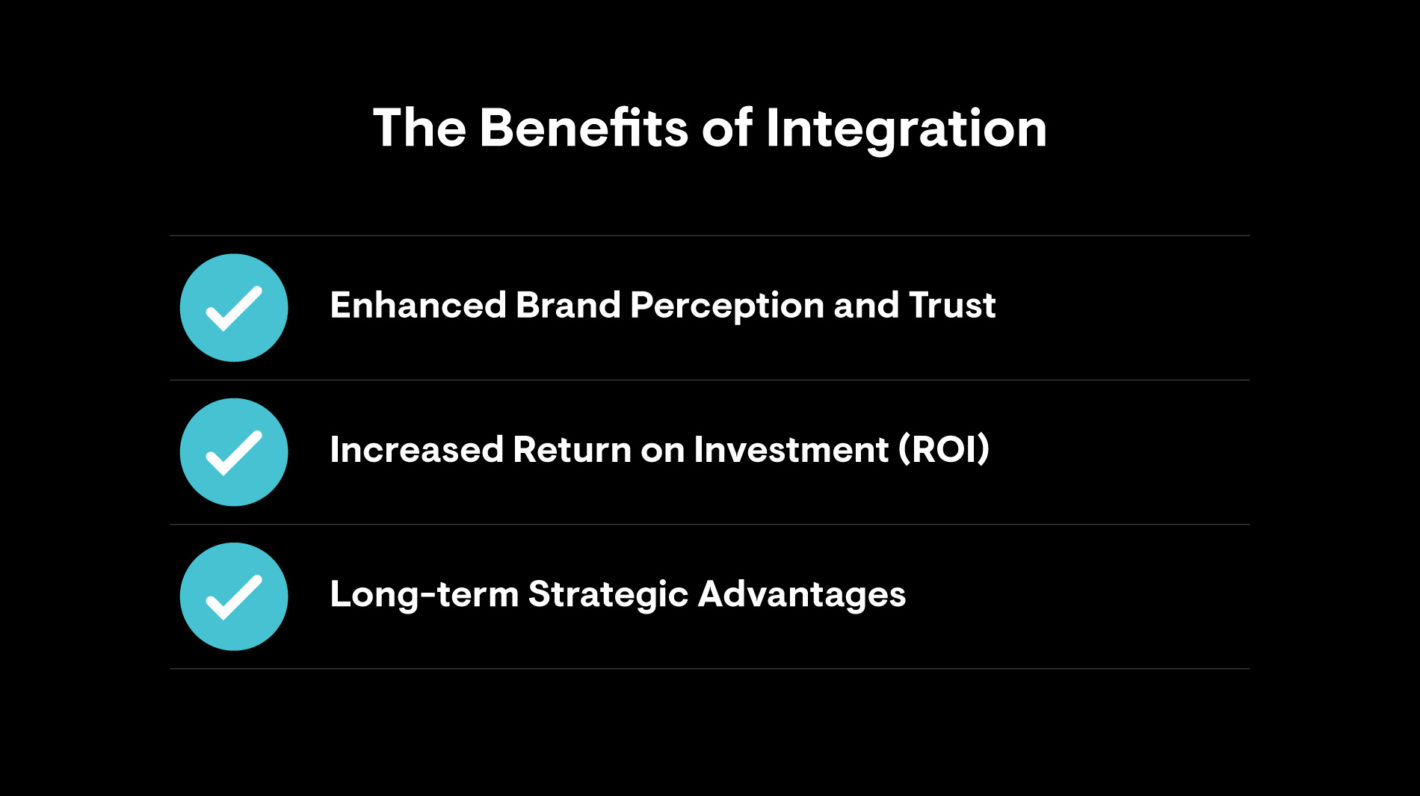Cracking the Code: What Does Public Relations Mean in Marketing?
Welcome to the crossroads of communication where public relations (PR) and marketing shake hands, exchange pleasantries, and decide to work together to charm the world. If you’ve ever wondered whether PR and marketing are friends, frenemies, or foreign diplomats, you’re in the right place. In today’s blog, we dive deep into how these two disciplines can not only coexist but thrive together.
Take our Marketing Quiz to see how you score
Part 1: The Foundation of Integration
What does Public Relations mean in Marketing?
In the context of marketing, public relations (PR) means managing and guiding the perception of a company or brand in the eyes of:
- The public
- Stakeholders
- Investors
- Partners
- And other relevant parties.
It’s essentially about building and maintaining a positive image and a strong relationship with the audience, which is crucial for long-term success. Here’s how PR functions within marketing:

What is Marketing and Public Relations?: Brand Image and Reputation Management
What does public relations mean in marketing? PR is critical in shaping a brand’s public image. This encompasses managing media communications, crafting press releases, and occasionally handling crisis communications to mitigate any potential damage to the brand’s reputation.
What is the relationship between Public Relations and Marketing?: Audience Engagement
Unlike traditional marketing efforts that often directly aim at selling through advertising and promotions, PR focuses on creating meaningful interactions and engagement.
This involves telling compelling stories that resonate with the audience, thereby fostering a deeper emotional connection to the brand.
How does PR build Trust and Credibility?
PR activities help in building trust with the public by presenting the brand in a positive light consistently over time.
By doing so, when the marketing team launches advertising campaigns, the audience is more receptive and likely to have a favourable view of the brand.
How does PR support Sales and Marketing Goals?
Effective PR strategies can create a fertile ground for marketing campaigns to succeed. For instance, if a new product is launched, prior positive PR can increase the likelihood of a warm reception in the market. This symbiotic relationship can significantly amplify overall marketing efforts and outcomes.
How can PR boost Media Relations and Coverage?
PR is crucial in developing and maintaining relationships with the media. These relationships can be leveraged to secure earned media opportunities that, unlike paid advertising, provide credibility and can reach audiences in a more organic way through articles, interviews, or features.
Further Exploring: What does Public Relations mean in Marketing?
In essence, in the marketing ecosystem, public relations acts as a strategic partner that enhances the effectiveness of marketing campaigns, mitigates risks related to brand image, and builds a foundation of trust and credibility that other marketing efforts can build upon. There are thousands of books detailing “what does public relations mean in marketing?”. This is our condensed version.
What is the role of Public Relations in Marketing?
Public Relations enhances marketing efforts by building and maintaining a positive image for a brand.
PR ensures that the brand maintains a favourable image through proactive storytelling and crisis management. This creates a receptive environment for marketing campaigns.
Public Relations strategies involve engaging with the media, influencers, and the public to foster trust. This trust is vital as it underpins the effectiveness of marketing messages. It should communicate core brand values consistently, which helps to reinforce the marketing messages that target consumers’ decision-making processes.
Download our “What is integrated marketing” ebook
Understanding the Convergence of PR and Marketing
In the past, Public Relations and Marketing operated as separate entities, rarely intersecting. However, the boundaries between these disciplines have increasingly blurred, leading to seamless integration. Understanding this convergence is crucial because, when harmonised, they create impactful narratives that resonate deeply with diverse audiences.
What is the relationship between Public Relations and Marketing?
When thinking about what is the relationship between public relations and marketing, think of PR as the gracious host. PR focuses on building relationships and managing reputation. It’s the art of making others talk about you in glowing terms and handling the heat when things get a tad too spicy.
Defining the role of Marketing in today’s businesses
Marketing, on the other hand, is the bold salesperson who’s not afraid to put up a billboard about your greatness across every highway. It’s more direct, with clear metrics like sales figures and conversion rates to measure success.
How PR and Marketing overlap and complement each other
Where they meet is magical: PR creates the environment for trust, and marketing drives the action. Together, they ensure that your audience not only hears about you but is also ready to walk through your door.
Part 2: Strategic Alignment

Aligning Goals: Creating Cohesive Objectives
The first step toward integration is to establish shared goals between the PR and marketing teams. Whether the objective is to increase brand awareness or drive sales, it is crucial that both teams align their efforts to support these common objectives.
Communications Strategy: Building a Unified Voice
So, what does public relations mean in marketing? Nothing confuses the audience more than mixed messages. A unified communications strategy ensures that whether your audience reads a blog post or sees an ad, they feel like it’s coming from the same friend.
Brand Messaging: Consistency Across Channels
Consistency is king and queen. Ensure your brand message is not only consistent in tone but also adapts appropriately across different channels. Your message should fit snugly whether it’s a tweet, a press release, or an advertising campaign.
Part 3: Collaboration Tactics
Cross-Functional Teams: Bridging the gap between teams
Create teams that include both PR and marketing professionals. By combining their unique skills, these integrated teams can solve problems more quickly and efficiently.
Each team member brings their expertise to the table—PR professionals excel in managing relationships, crafting compelling narratives, and handling media communications, while marketing experts specialise in driving campaigns, analysing market trends, and converting leads into customers.
This collaboration fosters a holistic approach where strategies are seamlessly aligned, resulting in more cohesive and impactful outcomes. Through regular communication and shared objectives, these integrated teams can drive innovation, improve brand consistency, and achieve greater overall success. This helps us to understand what is the role of public relations in marketing.
Feedback Loops: Ensuring Continual Improvement
Set up systems to gather feedback not just from the audience but internally between teams. Regular inter-team meetings where PR and marketing teams share insights, successes, and challenges are essential.
Use digital tools like collaborative platforms and project management software to facilitate real-time feedback and updates. This open communication fosters a culture of transparency and collaboration, ensuring everyone is aligned and aware of each other’s activities and contributions.
Additionally, conduct periodic surveys and feedback sessions with your audience to gather their perspectives on your campaigns. Analyse this external feedback alongside internal insights to get a comprehensive view of what’s working and what needs adjustment.
By maintaining a robust feedback loop, you ensure that strategies remain effective and innovative, preventing repetitive or ineffective approaches. This continuous flow of information leads to more cohesive and successful PR and marketing efforts.
Part 4: Tools and Technologies
Digital Tools that Facilitate Integration
Utilise technology that can help bridge any gaps between PR and marketing. CRM systems, analytics tools, and content management systems can all play a part in smoothing out the bumps in the integration road.
Utilising Social Media for Dual Purposes
Social media provides a perfect platform for demonstrating what is the role of public relations in marketing. Public relations can leverage social media to engage with audiences and build relationships, while marketing utilises the same platform to execute campaigns that transform followers into customers.
Analytics: Measuring success across PR and Marketing
What gets measured gets managed. Use analytics to measure how well your integrated strategies are working. Are people staying engaged? Are they converting? These numbers will tell a detailed story and will help you report on your efforts.
Part 5: Implementing Integrated Strategies
Step-by-Step Guide to developing an Integrated Plan
Start with clear communication, define your joint objectives, plan the strategies, execute them, and then measure and tweak. Rinse and repeat!
Overcoming Common Challenges in Integration
Resistance to change is a classic villain in any integration story. Address these challenges head-on by educating teams about the benefits, creating a culture of open communication, and providing training where needed.
Best Practices for Sustained Collaboration
Consistent check-ins, shared KPIs, and celebrating wins together build a culture where PR and marketing not only work together but also cheer each other on. It’s teamwork at its best!
Part 6: What is the role of Public Relations in Marketing?: Benefits of Integration

Enhanced Brand Perception and Trust
When PR and marketing messages are harmonised, the public perceives the brand as more credible and trustworthy. It’s like hearing the same positive story from two different friends—it just feels more believable.
Increased Return on Investment (ROI)
By combining efforts, you’re not just saving costs; you’re amplifying impact. Integrated strategies often lead to better ROI, as they leverage the strengths of both disciplines effectively.
Long-term Strategic Advantages
Integrated PR and marketing strategies are like a well-rooted tree. They provide stability and resilience, allowing your business to weather market fluctuations and changes more robustly.
Part 7: Future Trends
The Evolving Landscape of PR and Marketing Integration
As digital landscapes evolve, so does the integration between PR and marketing. Expect to see more data-driven strategies and perhaps even AI stepping in to offer personalised communication at scale. How does this have an impact when looking at what is the relationship between public relations and marketing?
AI technologies could enable highly personalised communication, which is transformative for both PR and marketing (although the technology may not be quite there right now). AI can analyse vast amounts of data to predict trends, identify key audience segments, and automate content creation.
For PR, this means quickly responding to public sentiment and tailoring messages that resonate on an individual level. For marketing, AI-driven personalisation enhances customer experiences by delivering relevant content and offers in real-time.
This integration ensures that PR and marketing strategies are not only aligned but also dynamically responsive to the evolving digital landscape, leading to more successful outcomes for the organisation.
Predictions for the next decade in PR and Marketing
The future looks bright, with integration leading to more dynamic and responsive marketing strategies. Brands that can adapt quickly and communicate authentically will thrive.
Recap of Key Strategies for Integration
We’ve journeyed through the what, why, and how of integrating PR and marketing. Remember, the key is not just to work side by side but to interlink strategies that enhance both visibility and credibility.
The Imperative of Unified Communications
Having a unified communication strategy isn’t just nice to have; it’s a must for all businesses. Integrated PR and marketing efforts are no longer the icing on the cake—they are the main ingredients.
Now that you’re equipped with knowledge and strategies, it’s time to act. Evaluate your current PR and marketing efforts, identify areas for integration, and start building a more cohesive communication strategy today.
Why not take our Marketing Questionnaire and see what areas you should be focusing on?

